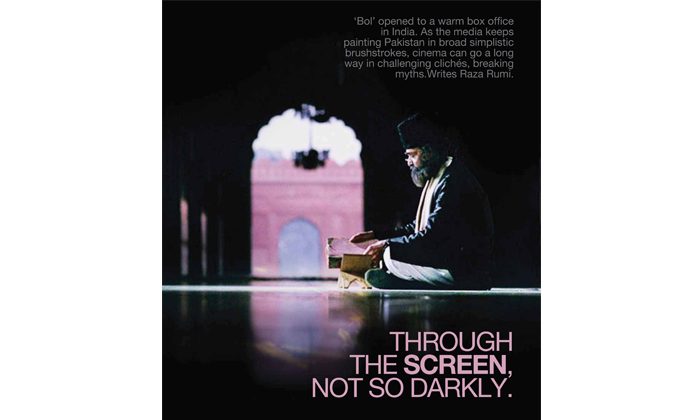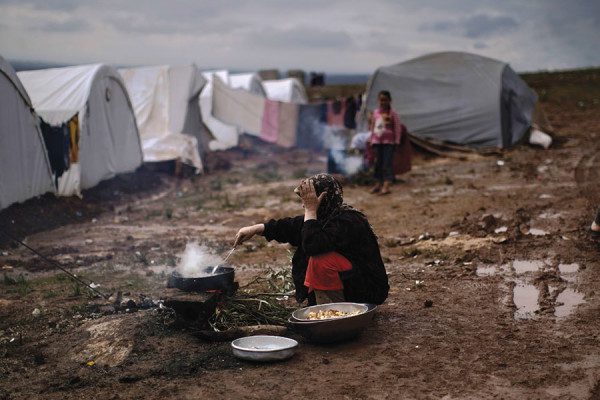Pakistanis love Bollywood. There is no question about that. In the love-hate perceptions, Indian cinema has for decades fed public imagination. Prior to the 1965 war, Indian films were released in Pakistan regularly. They competed with the local cinema and this healthy contest enriched filmmaking as well as provided choices to Pakistani cine-goers. The war and competing imaginary nationalism halted this process and for decades, Indian films stayed away from cinemas until another military ruler Musharraf allowed limited releases. Such is the power of Bollywood and its commercial viability that for the past few years, Bollywood flicks have revived cinema in Pakistan.
Earlier, Doordarshan – the state run Indian TV channel – came to rescue many Pakistanis who lived close to the border. In Lahore, Doordarshan was viewed with much fascination and when the film ‘Pakeezah’ was shown on TV, nobody was found on the streets of Lahore. In the late 1970s, the arrival of Video Cassette Recorder (VCR) filled in the void; and renting/selling Indian videocassettes emerged as a major entrepreneurial opportunity across the country – in cities, small towns and even large villages, video shops were the mainstay of the local economy and culture. I remember from my childhood and adolescent days how a daily visit to the video rental outlet was an essential part of living.
There is a larger issue at work here. Despite the hate narratives and ‘enemy’ status of India, cinematic productions from the other side of the border have stirred interest and fascination. The shared cultural values, the proclivity for melodrama and ordinary tales are similar to sometimes being identical. Bollywood has thrived on tragedies, on tales of crime and passion, of police brutality and of course, the common musical sensibilities.
“‘Bol’ is a different film altogether. It deals with the cloistered existence of women in old Lahore and weaves a pretty complex plot typifying Pakistan’s (and by extension South Asian) prejudices against women, transvestites, prostitution, casteism among others.”
The Indian parallel cinema or what was known colloquially as ‘art-films’ were also hugely popular with the urban classes. Ask any person of my generation and they will remember at least 4-5 artsy productions starring Shabana Azmi, Smita Patil, Naseeruddin Shah and Farooq Shaikh. Films such as ‘Mandi’, ‘Bhumika’, ‘Arth’ and ‘Manthan’ are still recalled and discussed. Indians may have forgotten them, we haven’t.
Under Musharraf’s rule, Indian films produced or released outside India were allowed in. Now almost all the major Bollywood films arrive in Pakistani cities. New Cineplex model of entertainment has become popular with the elites and middle classes. In Lahore, for instance there are four major Cineplex[es], which show Indian films on a regular basis. In Rawalpindi (otherwise a conservative, army-city), the ‘Cineplex’ happens to be in a restricted area surrounded by residences and establishments of the Pakistan Army. What could be more ironic than this? The address on the website says it all: “Jinnah Park, Kacheri Road, Rawalpindi Cantonment.” Close to the cinema, is a McDonald’s branch – another foreign brand that is hugely popular while its originating country is getting deeply unpopular in Pakistan! In Lahore, the popular cinema is located in Defence Housing Authority.
The power of profit, they say, overrides emotions and transcends borders. After all China, our mightiest of friends, trades with Taiwan and India.
The downside of Paksitan’s cinema scene is that the local film industry is an etherized patient lying on the Pakistani horizons. It has a great past with stars such as Noor Jehan, singers such as Mehdi Hasan and Runa Laila and memorable stories that have found a new lease of life via Youtube. Otherwise, the Pakistani cinema memories were also at risk.
However, a clutch of films in the last five years have proved that there is sufficient potential and even an eager market within Pakistan. Shoaib Mansoor, originally associated with Pakistan’s television industry directed ‘Khuda Ke Liye’ in 2007 and his recent film ‘Bol’ has stunned everyone including Indian audiences. ‘Khuda Ke Liye’ was also critically acclaimed and won the Silver Pyramid Award at the Cairo International Film Festival (2007) and was shown across the globe with its rather chilling account of 9/11. The film was replete with voices against bigotry and retrogressive forces and found much resonance with Pakistanis.
‘Bol’ is a different film altogether. It deals with the cloistered existence of women in old Lahore and weaves a pretty complex plot typifying Pakistan’s (and by extension South Asian) prejudices against women, transvestites, prostitution, casteism among others. It has an overt empowering message, which some critics have found a little over the top as the main female protagonist makes hysterical speeches. However, it works for South Asian sensibilities where a bit of drama and noise is not frowned upon.
It has been reported that ‘Bol’ despite its relatively low budget, has done pretty well in India. In Pakistan, it remains popular two months after its release. Indeed there is another story that emanates from this experience. Indians can know Pakistan better through its cinema and television. Once upon a time, a few Pakistani plays were quite popular in North India where Hindi/Urdu is understood. In the recent decades, Pakistan is largely seen through the prism of the mainstream corporate media. And this has not helped. Stereotypes about Pakistan are commonly sold in the media leading many to believe that Pakistan is a failed state where men roam around with Kalashinkovs and women cannot leave homes without a burqa. Worse, it is a paradise of jihadis and Lashkars. The truth is far from these constructs. It is just another country in many ways similar to India for its diversity, inequities and contradictions. India is bigger, more democratic and has a huge middle class; and Pakistan is catching up.
Another amazing film that unites the two countries was called ‘Khamosh Paani’, directed by Sabiha Sumar and it dealt with the tragedy of Partition and mixed identities. The locale was Punjab but the post-partition trajectory of events is moving and symbolic of what happened on a larger scale: rise of extremist ideologies, unresolved and unhealed wounds of 1947 and commonality of human aspirations on both the sides.
India and Pakistan will have to break the iron curtains of communication. They will need to exchange films, give landing rights to TV channels and act like responsible sixty-four year olds and not quarrelling adolescents. Cinema may have shown us the direction; which should not be lost.














